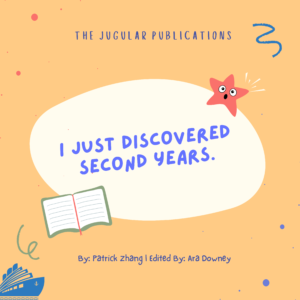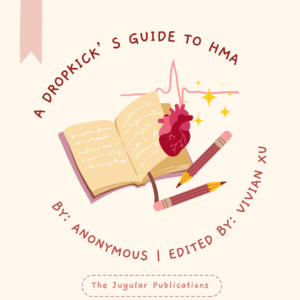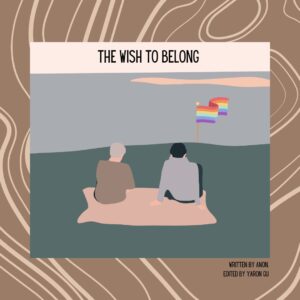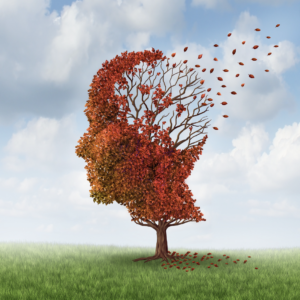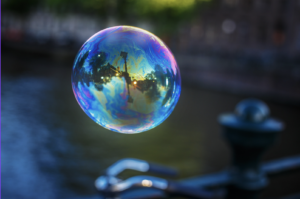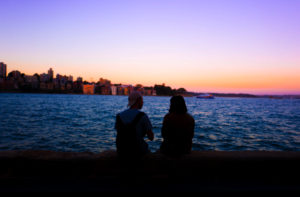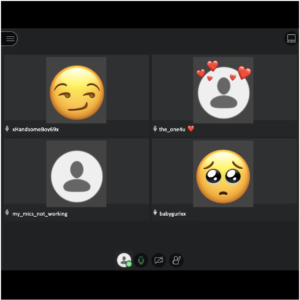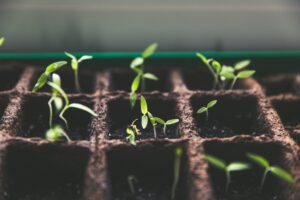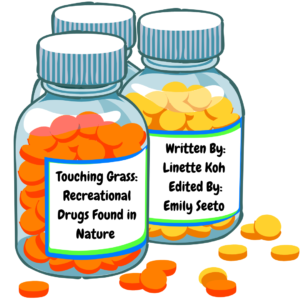
By Jerrica Kuan; Edited by Zoe Wei
June, the dreaded month when we realise that all our New Year Resolutions have not come to fruition; questioning our lives as the mid-year glazes over us and the end of the year nears; wondering what on earth we have been doing for months on end. A month that arguably gives the mid-life crisis a run for its money (imagine having mid-year crises every year, couldn’t be me…), surely nothing else could make this a more hectic time.
However, June is a month of celebration for the LGBTQIA+ community, originating from the 1969 Stonewall Uprising in America which symbolised the beginning of the fight for LGBTQIA+ equality. Pride Month is celebrated to support LGBTQIA+ culture and rights, as well as the lives lost to the HIV/AIDS epidemic. It is a wonderful mix of activism and celebration that has been going on for years, and a welcoming and validating home for all orientations and gender identities.
By now, we all know that gender identity and sexual orientation are different things – if not, good luck to the second-years for BGDB. But as a quick refresher, gender identity is the way we understand ourselves, while sexual orientation defines who we are attracted to.
Here is an important differentiation. Love does not equal sex. Love does not require a sexual relationship, and happy, healthy relationships do not need sex to exist. Not only does sexual orientation exist, but so does romantic orientation!
In the celebration of Pride Month, here are some lesser known identities that you may not have heard of:
- Asexuality – The umbrella term for lack of sexual attraction, or low/absent interest or desire for sexual activity. This term includes demisexual, grey-A, cupiosexual and other identities. Many asexual folks use romantic orientation, using prefixes such as aro-, bi-, homo-, and so on, to describe their attractions.
- Nonbinary – The umbrella term for genders outside of the binary male and female.
- Genderfluid – Flexible gender identity which can shift throughout life. This can include bi and trigender identities.
- Genderqueer – Gender ambiguity. Androgynous people can identify as genderqueer, although some people combine different blends of masculine, feminine and other genders.
- Agender – People who identify as having no gender or without gender identity.
- Demigender – People who identify partially as one gender, for example, demi-man partially identifies as being a man despite the sex and gender assigned at birth.
- Pansexual – Some people take it as an attraction to all genders or regardless of gender. Bisexuality and pansexuality are closely related, and depending on one’s understanding, can be interpreted differently!
While pride parades, marches, and celebrations in solidarity all around the world symbolise the progress we have made in the recognition and acceptance of LGBTQIA+ folks, we also have to acknowledge that there is so much more that needs to be done.
69 countries have laws that prosecute the LGBTQIA+ community, either for having same-sex relationships or being transgender, which can carry the death penalty. Same-sex marriage is only legally recognised and permitted in 29 countries as of 2021. More chillingly, LGBTQIA+ people are more likely to experience blackmail, extortion, physical and sexual violence compared to heterosexual individuals. Stories of abuse to unfair discrimination in schools and work are already infuriating to hear, and even worse to experience. These experiences, and the criminalisation of consensual same-sex sexual activity in many areas of the world only shows how society still views this marginalised community as something less than equal.
Come June of each year, rainbow flags fly high, a hope for the future that will come soon for our LGBTQIA+ friends, as they cheer for their sexuality, orientation, and gender, and a day they can live without fear of discrimination and prosecution. A world where all are equal, where no one needs to hide who they are and who they love.
So as we come to our mid-year crisis, perhaps it’s time to look outside ourselves and to a broader picture. Are we doing enough with our privilege, our rights, our voices? What else can we do? Why are we not doing more? And why shouldn’t this be something we advocate for past the month of June, after the rainbows come down and life continues to move forward?
References:
Fatma Khaled. (2021, May 31). What is the Pride Month 2021 calendar?… The US Sun; The US Sun. https://www.the-sun.com/news/2991267/what-is-the-pride-month-2021-calendar/
Wurzburger, A. (2020, June 10). Everything You Need to Know About Pride Month. PEOPLE.com; PEOPLE.com. https://people.com/human-interest/pride-month-explained-pride-month-facts/
Asexual – The Trevor Project. (2020, October 7). The Trevor Project. https://www.thetrevorproject.org/trvr_support_center/asexual/
Abrams M. (2019, December 10). 46 Terms That Describe Sexual Attraction, Behavior, and Orientation. Healthline; Healthline Media. https://www.healthline.com/health/different-types-of-sexuality
Map of Countries that Criminalise LGBT People | Human Dignity Trust. (2021). Humandignitytrust.org. https://www.humandignitytrust.org/lgbt-the-law/map-of-criminalisation/
Reality Check team. (2021, May 12). Homosexuality: The countries where it is illegal to be gay. BBC News; BBC News. https://www.bbc.com/news/world-43822234






